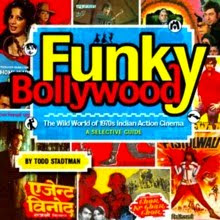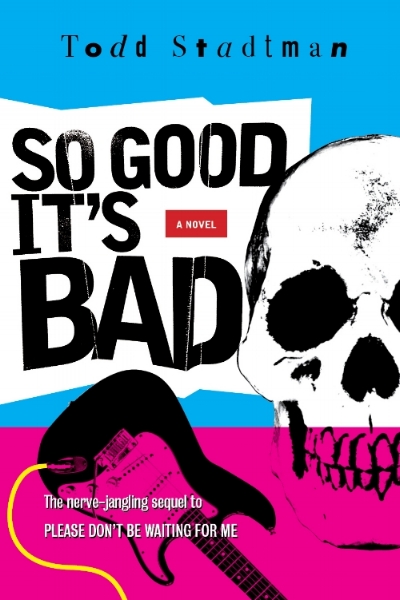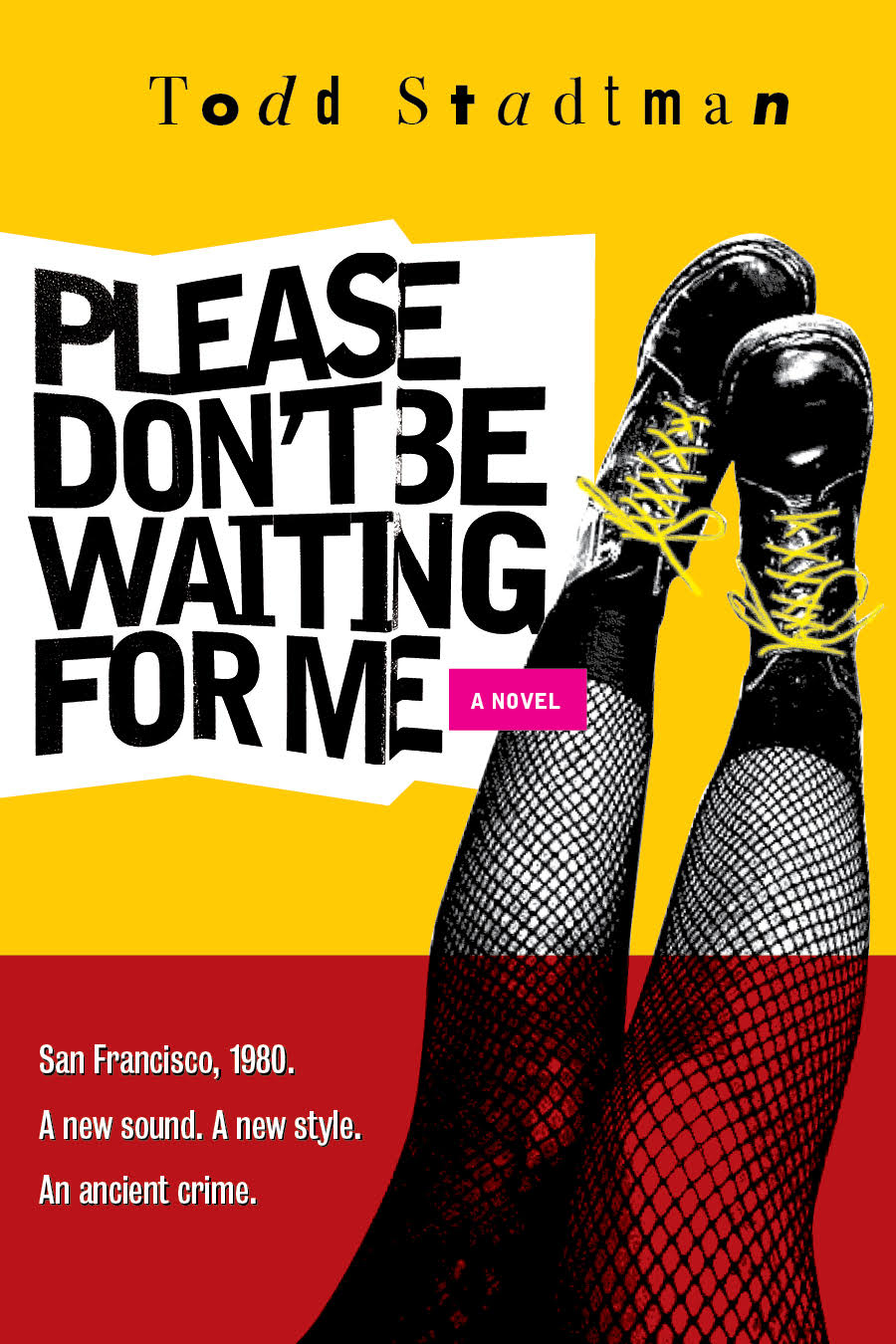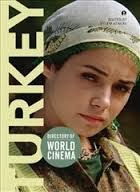Czechoslovakian director and animator Karel Zeman had a visual signature so distinctive that one is likely to find similarities only in those pioneers -- Melies, McCay -- who inspired him and those eccentric stylists -- Gilliam, Maddin, Burton -- who followed his lead. Combining live action and a fluid mix of puppet, cell, and cutout animation with a graphic sensibility derived from 19th century illustration, Zeman's work reveled in artifice. His emphasis was clearly on dazzling rather than tricking the eye, yet so immersive was the fantasy world he presented that one could not help but surrender disbelief.
Unlike George Pal, another Eastern European whose early forays into stop motion work could be seen as a continuation of his country’s long tradition of puppet theater, Zeman never sought his fortune in Hollywood. Still, a number of his Czech features did make their way to American television in one form or another, with probably the most memorable being The Fabulous Baron Munchausen, an English dubbed version of his Baron Prasil that confused and delighted many a young couch sprout throughout its run in the 60s and 70s. His 1955 dinosaur travelogue Cesta Do Praveku saw a belated U.S. release in 1966 as the dubbed and reedited Journey to the Beginning of Time, and Joseph E. Levine released his Vynalez Zkazy as The Fabulous World of Jules Verne (boasting a process called "Mysti-mation") in 1961. It’s hard to see why 1967’s The Stolen Airship -- ne Ukradena Vzducholod -- wasn’t seen as being suitable for such treatment, but the fact remains that it appears to have never had a release stateside despite a potential to amuse and beguile equal at the very least to those aforementioned titles.
The Stolen Airship draws upon two different Jules Verne novels for its story: 1888’s Two Years’ Vacation and, on a somewhat more meta level, The Mysterious Island. But before getting into the meat of that story, Zeman sets the tone with an animated prologue depicting youthful troublemakers through the ages -- going back as far as the dawn of time -- wreaking innocent havoc and in turn being scolded by their parents (a caveman yells at his son for pissing on the fire he has made, some Roman urchins break an urn, etc.). This takes us up to the movie’s present day, sometime near the close of the 19th century, where our protagonists, a group of five young boys, find themselves standing in the docks before a disapproving judge, recounting their fantastic tale. One of these lads, Jakub, is played by Michal Pospisil, whom we earlier saw in Vojtech Jasny’s Cassandra Cat.
Now, in The Fabulous World of Jules Verne, Zeman introduced us to a steam punk version of the Gilded Age in which man’s desire to fly and drive around in cool things has trumped the laws of physics and propulsion to the extent that a thrilling assortment of fantastic conveyances now crowd land, sea and air. Fans of generously mustached men in straw hats piloting bicycle powered flying machines will be pleased to know that this is the very same world that The Stolen Airship takes place in. In fact, as the tale proper kicks off, an exhibition of sorts seems to be taking place in Prague, at which the inventor Findeys (Cestmir Randa) is presenting an airship which he claims -- disingenuously, natch -- runs on a special, fire-proof gas. It is this fanciful craft that the five youths, fleeing the fallout from a recent escapade that involved braining a police officer, choose to hide in. And as anyone who has watched one of those “hapless schmo accidentally goes to the moon and meets space ladies” movies knows, it’s just a short, fumbling distance from there to the kids being set sail on an unsupervised journey into the upper atmosphere.
 The sharp eyed among you may have already spotted The Stolen Airship’s potential to be a gooey paean to childhood and the power of imagination, and, while such sentiments are certainly at play within it, I want to sooth any mounting panic that they might inspire. As Zeman signals with his prologue, the film also comes armed with a mischievous sense of humor, not to mention a biting sense of satire, and as such boasts more than enough edge to prevent it from becoming overly saccharine. To wit, while the boys are marveling at the natural wonders of the world from their perch in the clouds, the yellow press back home is thrilling its reader with speculations about the exotic horrors befalling them. Meanwhile, the politicking city prosecutor loudly advocates punishing the miscreants to the furthest extent the law will allow -- until his own son is revealed to be among them, at which points he sets his sights on Findeys, accusing the inventor of using the kids as “guinea pigs” in an unethical science experiment. Finally, there is the spy, Agent 13, who attempts to get his hands on the bogus “fire-proof gas” formula by a variety of preposterous means.
The sharp eyed among you may have already spotted The Stolen Airship’s potential to be a gooey paean to childhood and the power of imagination, and, while such sentiments are certainly at play within it, I want to sooth any mounting panic that they might inspire. As Zeman signals with his prologue, the film also comes armed with a mischievous sense of humor, not to mention a biting sense of satire, and as such boasts more than enough edge to prevent it from becoming overly saccharine. To wit, while the boys are marveling at the natural wonders of the world from their perch in the clouds, the yellow press back home is thrilling its reader with speculations about the exotic horrors befalling them. Meanwhile, the politicking city prosecutor loudly advocates punishing the miscreants to the furthest extent the law will allow -- until his own son is revealed to be among them, at which points he sets his sights on Findeys, accusing the inventor of using the kids as “guinea pigs” in an unethical science experiment. Finally, there is the spy, Agent 13, who attempts to get his hands on the bogus “fire-proof gas” formula by a variety of preposterous means.
It also should be kept in mind that, while marked by the whimsy inherent in Zeman’s style, The Stolen Airship is also very much a product of its period, and of the new wave of free expression that was sweeping through Czech cinema at the time. The emphasis on archaic illustration and Art Noveau that are characteristic of Zeman’s art direction are all there, but the color palette -- consisting of a mixture of color film with alternately tinted black and white footage -- lends to the presentation overall an aspect of irreverent, pop art inspired stylization. This extends to entire sequences switching from being bathed in one primary color to another, putting the film in contention with the 1971 Willy Wonka adaptation as a family friendly Trojan horse for seizure inducing psychedelia.
 The Stolen Airship takes a narrative turn halfway through when a storm strands our five young travelers on a seemingly deserted island. Interestingly, the boys then seem to populate the island by dint of imagination. When they discover an underground harbor, they immediately recognize it as the port for Captain Nemo’s submarine The Nautilus -- because, like most boys their age would have at that time, they have read 20,000 Leagues under the Sea and its sequel, The Mysterious Island, and recognize it as such. (These scenes, by the way, bear a striking resemblance to the way they are depicted in the Russian adaptation of Mysterious Island from 1941, which perhaps testifies to the influence of original illustrator Jules Ferat on both films’ visual style.) They then seem somewhat unfazed as things proceed according to the template set by the novels, including the furtive attempts of Captain Nemo (Vaclav Svec) at providing them with assistance and even a battle with a band of bumbling pirates. Finally, things diverge into Flight of the Phoenix territory in a beautifully realized scene in which the kids successfully fashion a one man flying machine from the wreckage of the airship.
The Stolen Airship takes a narrative turn halfway through when a storm strands our five young travelers on a seemingly deserted island. Interestingly, the boys then seem to populate the island by dint of imagination. When they discover an underground harbor, they immediately recognize it as the port for Captain Nemo’s submarine The Nautilus -- because, like most boys their age would have at that time, they have read 20,000 Leagues under the Sea and its sequel, The Mysterious Island, and recognize it as such. (These scenes, by the way, bear a striking resemblance to the way they are depicted in the Russian adaptation of Mysterious Island from 1941, which perhaps testifies to the influence of original illustrator Jules Ferat on both films’ visual style.) They then seem somewhat unfazed as things proceed according to the template set by the novels, including the furtive attempts of Captain Nemo (Vaclav Svec) at providing them with assistance and even a battle with a band of bumbling pirates. Finally, things diverge into Flight of the Phoenix territory in a beautifully realized scene in which the kids successfully fashion a one man flying machine from the wreckage of the airship.
All told, The Stolen Airship is a seductively guilt free entertainment, appealing to the child within while at the same time being arty, strange and just cynical enough to spare the surrounding adult shell any embarrassment. Zeman’s bottomless bag of visual tricks alone is enough to sustain engagement, but the end product would not be even half as charming were it not for the efforts of a game and appealing cast. Sadly, I’m unable to identify the actor who portrayed the dashing reporter Marek, the closest thing to a traditional hero in the film, or Jakub’s rifle toting granny, who in one scene takes potshots at reporters as they doggedly shout questions from outside her home. Such vivid figures suggest that Zeman, while creating a fanciful alternative to our world, was in no way retreating from it. True, he might mock, but in the end he would bestow his gifts upon us in generous overflow.
























































































